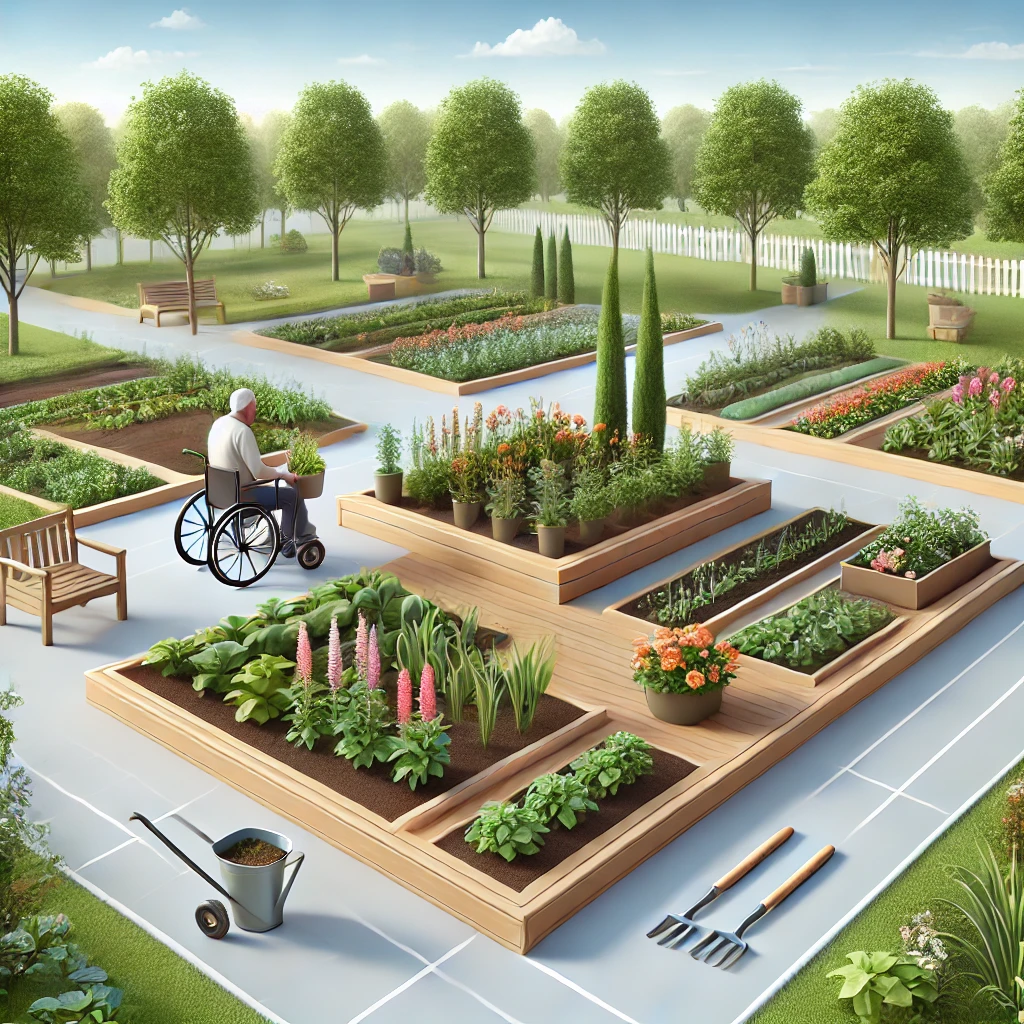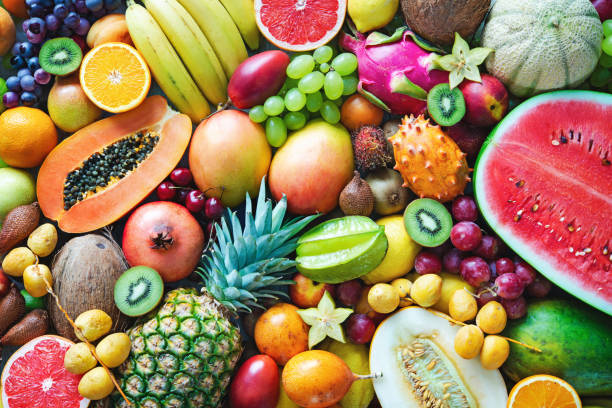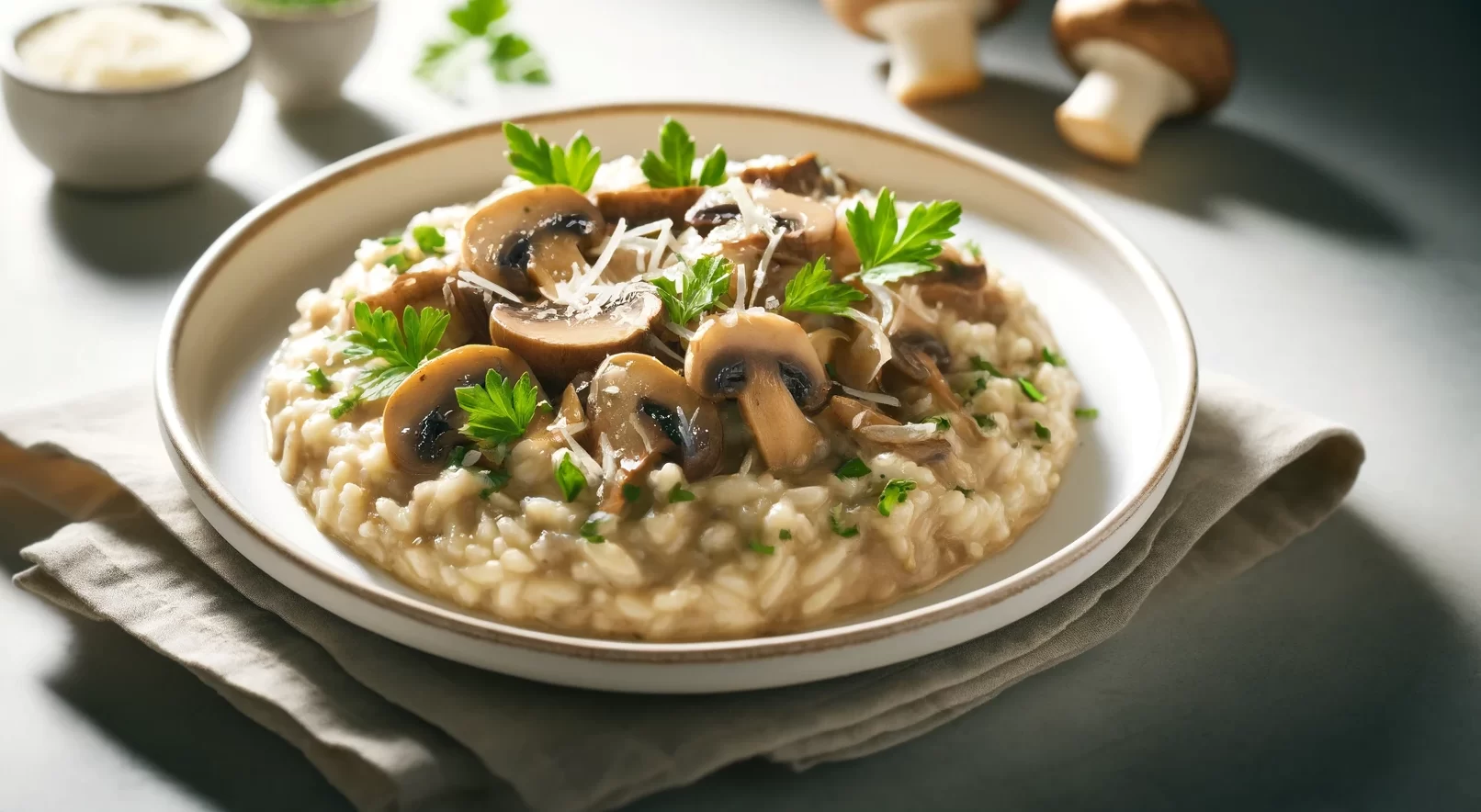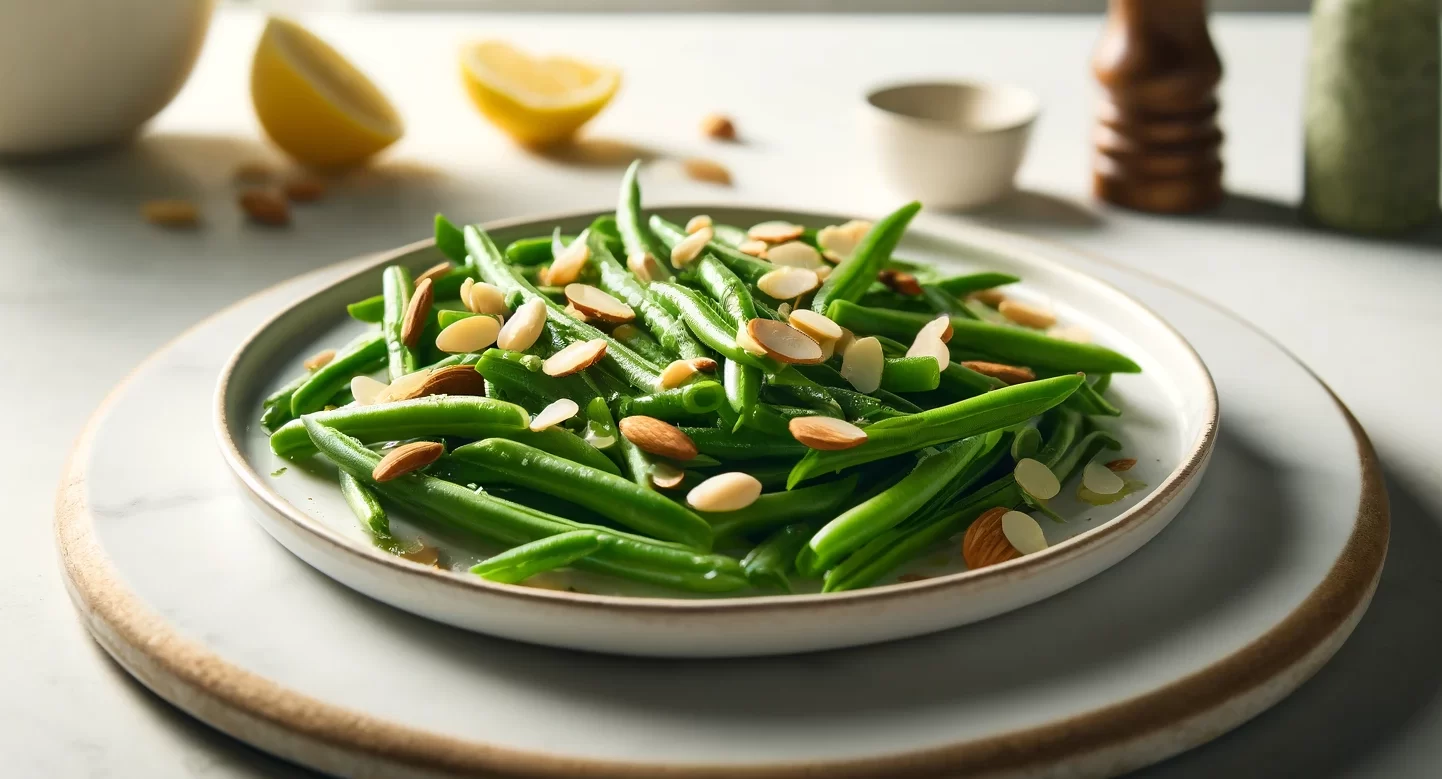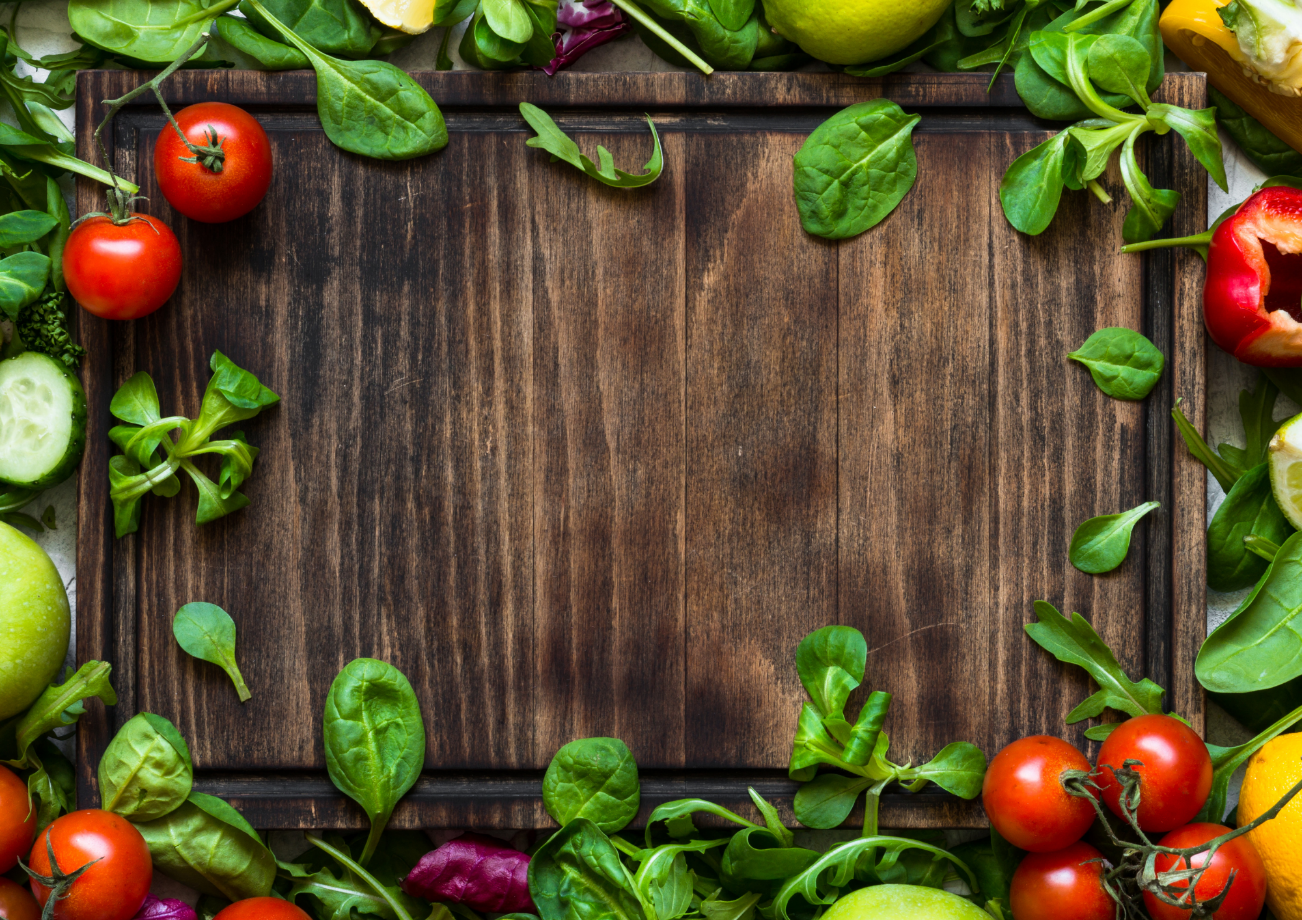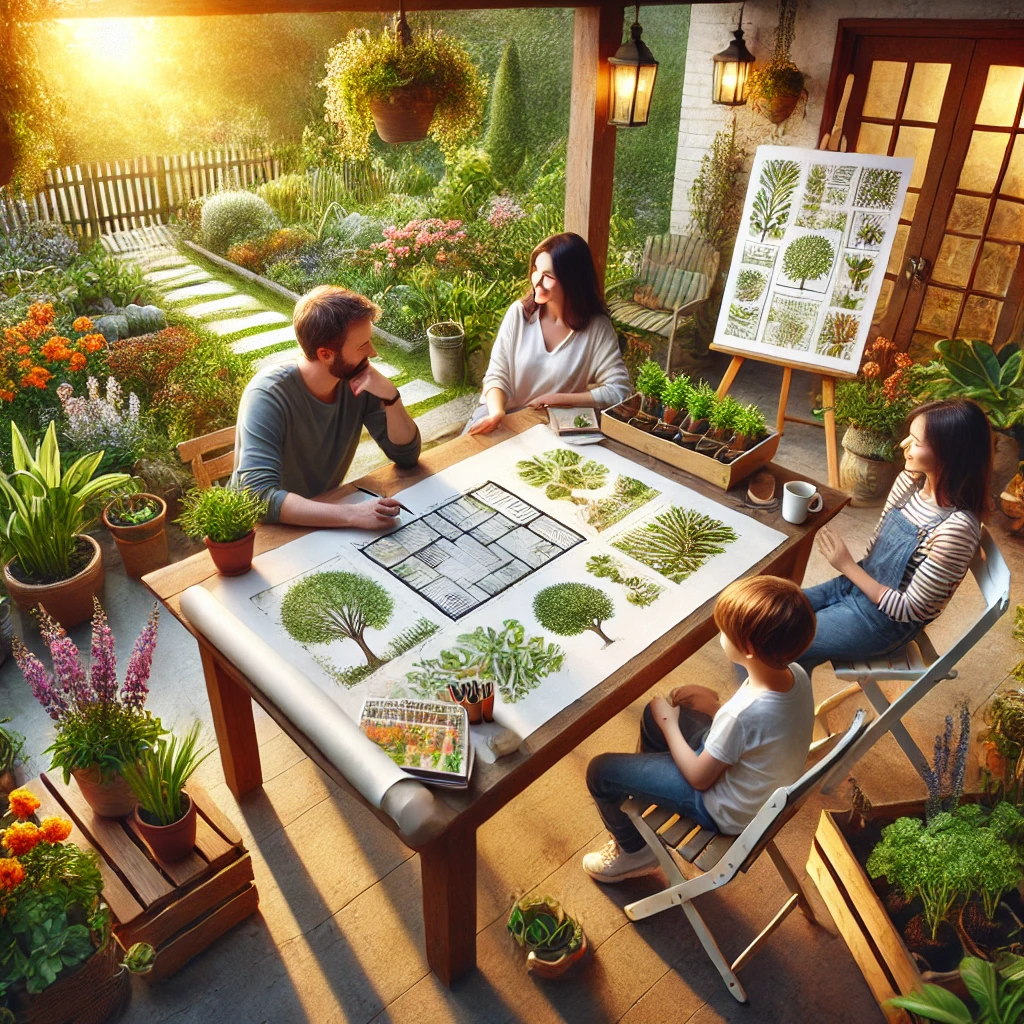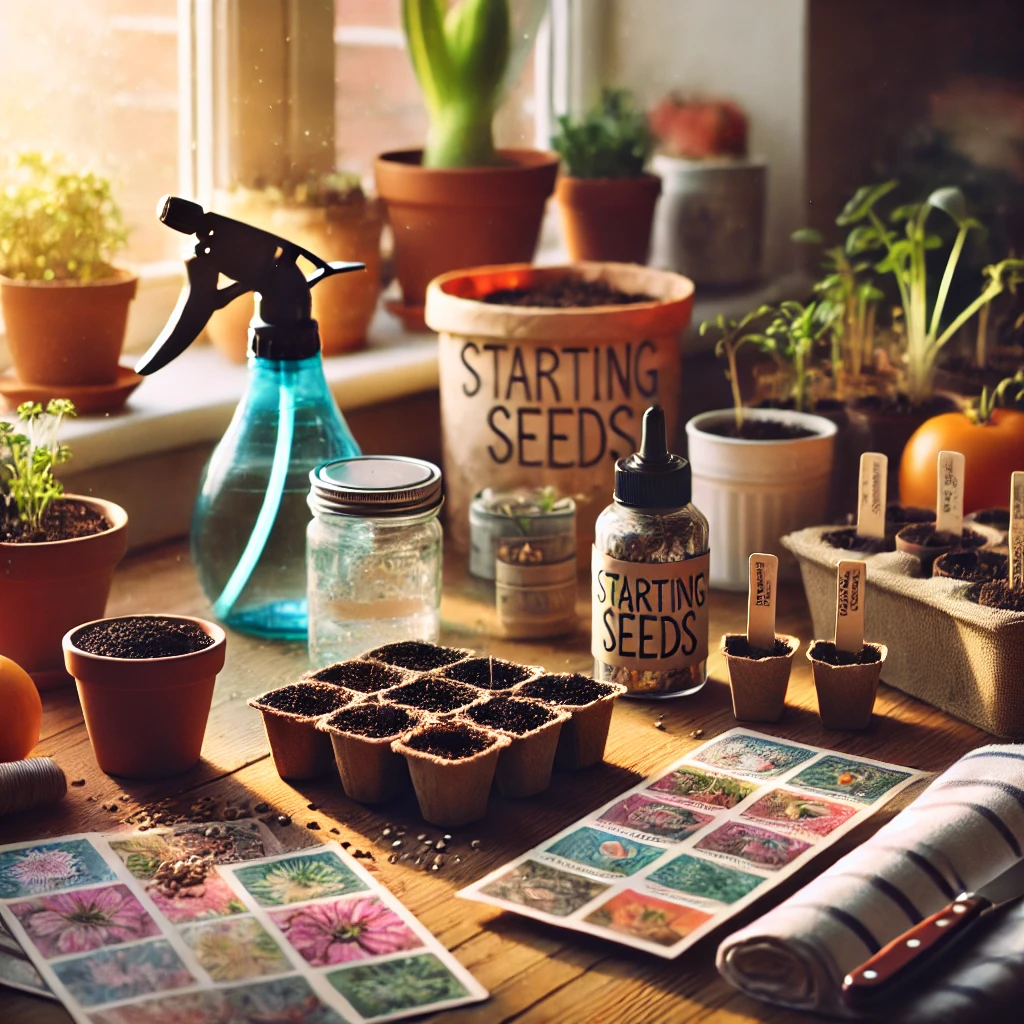Welcome back to FarmRN, fellow green thumbs, and busy bees! As a mom constantly juggling the demands of family, work, and my beloved garden, I’ve become somewhat of a connoisseur of gardening hacks that save time without cutting corners on care. Today, I’m excited to share with you my treasure trove of time-saving tips tailored for us on-the-go moms and dads.
Balancing the demands of daily life with the desire to cultivate a thriving garden is a challenge many of us face. Fortunately, the art of gardening is as much about innovation as it is about cultivation. For the busy gardener, finding ways to streamline tasks without sacrificing the joy and bounty of the garden is key. Enter the realm of gardening hacks—ingenious shortcuts and clever strategies designed to make gardening more manageable, even for the most time-pressed among us.
From the magic of mulch to companion planting, these hacks promise to transform your gardening experience, turning potential toil into a series of enjoyable, productive moments. Let’s take a deeper dive into these gardening hacks, exploring how they can fit seamlessly into your lifestyle, ensuring your green sanctuary thrives amidst the whirlwind of daily commitments. These hacks ensure our gardens flourish, even as we keep up with our bustling lives.
1. Mulching Magic
Mulching does wonders beyond just beautifying your garden beds. A 2-3 inch layer of organic mulch, such as shredded bark or straw, acts as a moisture barrier, significantly reducing the need for frequent watering. It also suppresses weed growth, saving hours that would otherwise be spent weeding. Furthermore, mulch breaks down over time, enriching the soil with organic matter and promoting healthier plant growth. It’s a time investment upfront that pays dividends in reduced garden maintenance. Plus, it gradually breaks down, enriching your soil with nutrients.
2. Soaker Hoses and Drip Irrigation
Soaker hoses offer a “set it and forget it” solution, perfect for in-ground gardens. These porous hoses deliver water slowly and directly to the soil, minimizing waste and ensuring deep watering. Laying them out along your garden beds and covering them with mulch not only conserves water but also automates the watering process. Connected to a timer, soaker hoses can water your garden at the optimal time of day, even when you’re not around, ensuring your plants receive consistent moisture without any daily hassle.
The Mittleider watering system ( which is what we use) typically involves the use of narrow, raised grow beds or soil beds with precise watering channels along the sides. These channels allow water (and sometimes nutrient solutions) to be delivered directly to the base of the plants, ensuring that water is not wasted on non-productive soil areas and that plants receive consistent moisture levels. This targeted watering approach helps to prevent the common issues of over or under-watering, contributing to healthier plants and higher yields.
The system is praised for its simplicity, effectiveness, and ability to conserve water, making it an excellent choice for gardeners looking to maximize their resources and space. It’s particularly well-suited for areas with limited water supply or for gardeners aiming for precision in their watering routines.
3. Choose Low-Maintenance Plants
When time is a precious commodity, selecting plants that require less attention can make a world of difference. Perennials, succulents, and native plants are generally more forgiving and adaptable to local conditions, meaning they won’t demand constant care. This doesn’t mean your garden has to be any less vibrant or diverse—many low-maintenance plants offer stunning blooms and interesting foliage.
Opting for low-maintenance plants is perhaps one of the most straightforward strategies to reduce gardening work. Plants that are native to your area or adapted to your climate require less watering, fertilizing, and pest control. Additionally, perennial plants, once established, return year after year with minimal effort. Incorporating these plants into your garden not only saves time but also contributes to a more sustainable and eco-friendly garden ecosystem.
4. Pre-Planned Garden Beds
Pre-planning your garden bed is a crucial step for any gardener aiming to create a thriving, productive space. This process involves carefully considering the location of your garden to maximize sunlight exposure, ensuring your plants receive the essential light they need throughout the day. It also includes analyzing the soil type and quality, which may require amending to provide the best possible environment for plant growth. Additionally, pre-planning allows you to thoughtfully select plant varieties that are well-suited to your climate and garden conditions, taking into account factors like growth habits, space requirements, and companion planting benefits. By meticulously mapping out your garden layout in advance, you can optimize plant spacing, improve air circulation, and strategize water use, all of which contribute to a healthier garden. This preparatory step not only sets the foundation for a successful gardening season but also minimizes potential challenges, making your gardening journey more enjoyable and rewarding.
Taking the time to plan your garden layout can save hours of future labor. Group plants with similar water and sunlight needs together to streamline your care routine. Consider raised beds or container gardening to better control soil conditions and reduce weeding and watering needs.
5. Vertical Gardening
Vertical gardening is an innovative and space-saving approach that allows gardeners to maximize their growing area, making it an ideal solution for those with limited outdoor space, such as urban dwellers or anyone with a small backyard or balcony. By growing plants upwards on structures like trellises, wall planters, hanging baskets, or even repurposed items like pallets and ladder shelves, vertical gardens not only enhance the aesthetic appeal of a space but also improve accessibility and ease of maintenance. This method is particularly effective for climbing plants, such as beans, peas, and certain types of squash, as well as a variety of herbs and flowers that thrive when elevated. Vertical gardening can also contribute to a healthier plant environment by improving air circulation and reducing the risk of soil-borne diseases. Additionally, it offers an innovative way to create living walls or green privacy screens, adding both beauty and functionality to gardening spaces. Whether you’re an experienced gardener looking to experiment with a new layout or someone seeking to start a garden in a small area, vertical gardening opens up a world of possibilities for growing upwards and making the most of every inch of available space.
6. Batch Seed Starting
Starting seeds in batches, rather than individually potting each one, can streamline the early stages of your garden’s life. Use seedling trays or even repurposed egg cartons to start multiple seeds at once. This method not only saves time but also makes it easier to organize and track your plants’ growth.
Pre-seeded mats and seed tapes are a godsend for busy gardeners. They eliminate the guesswork and time-consuming process of planting tiny seeds at the correct spacing. Simply lay down the mat or tape, cover it with soil, and water. These products are particularly useful for planting rows of vegetables or flowers, ensuring even spacing and reducing the need for later thinning. It’s an efficient way to achieve a well-organized garden without the painstaking labor of traditional seeding.
7. Companion Planting
Companion planting is a time-honored gardening technique that involves strategically placing certain plants near each other to mutual benefit. This method is rooted in the understanding that specific plant combinations can enhance growth, deter pests, and even improve flavor. For example, marigolds are often planted alongside tomatoes to repel harmful nematodes and other pests, while basil not only complements tomatoes in the kitchen but also in the garden by improving their growth and flavor. Companion planting also includes the practice of using certain plants to attract beneficial insects, such as bees for pollination and ladybugs to control aphid populations. This natural approach to pest management and pollination can significantly reduce the need for chemical pesticides and fertilizers, promoting a more organic and sustainable gardening practice. Beyond its practical benefits, companion planting encourages biodiversity, creating a more balanced and healthy garden ecosystem. By understanding and implementing the principles of companion planting, gardeners can enjoy more productive, vibrant, and harmonious gardens.
In-Depth Review: Balancing Efficiency with Effectiveness
Implementing these time-saving gardening hacks doesn’t mean sacrificing the quality of your care. On the contrary, these strategies are about working smarter, not harder, allowing us to nurture our gardens even amidst a hectic lifestyle. They remind us that gardening, much like parenting, is about finding joy in the journey—savoring the moments of connection with nature and our families, even when time is tight.
By integrating these gardening hacks into your routine, you can enjoy the beauty and bounty of your garden without it becoming another time-consuming chore. Each of these strategies offers a way to make gardening more about joy and less about labor, fitting seamlessly into the busy lives of on-the-go moms and dads.
Do you have any time-saving gardening hacks of your own? I’d love to hear how you manage to keep your garden flourishing amidst the hustle and bustle of daily life. Share your tips and tricks in the comments below, and let’s continue to grow together as a community dedicated to wellness, sustainability, and the simple pleasures of gardening. Happy gardening, FarmRN family!


